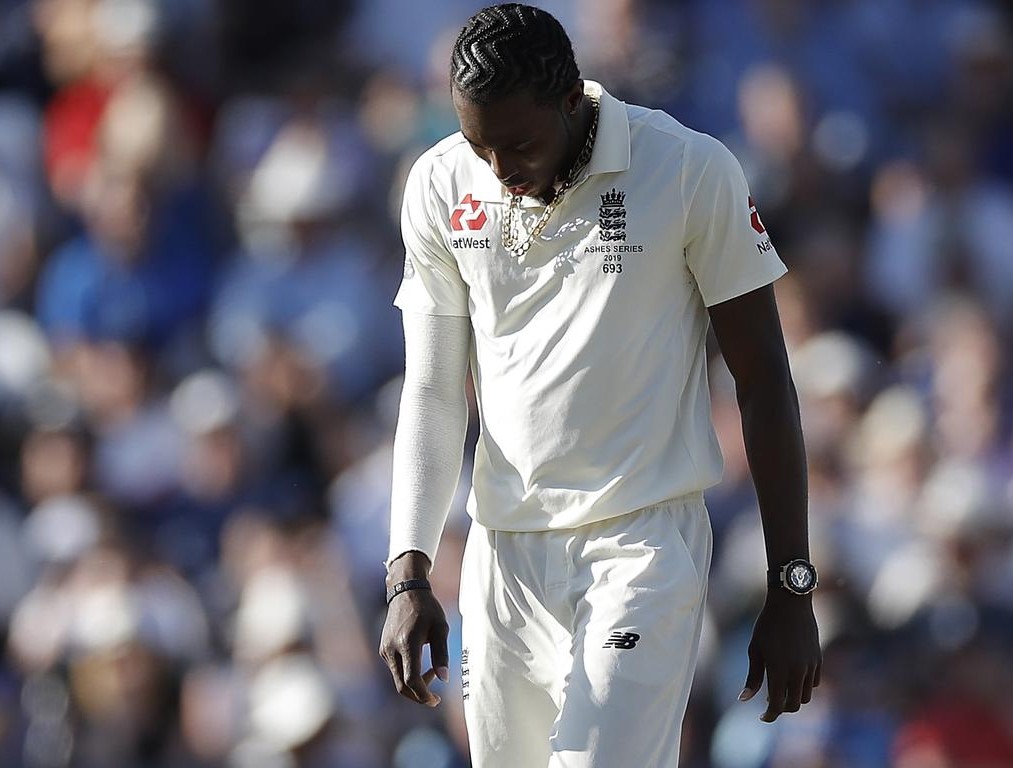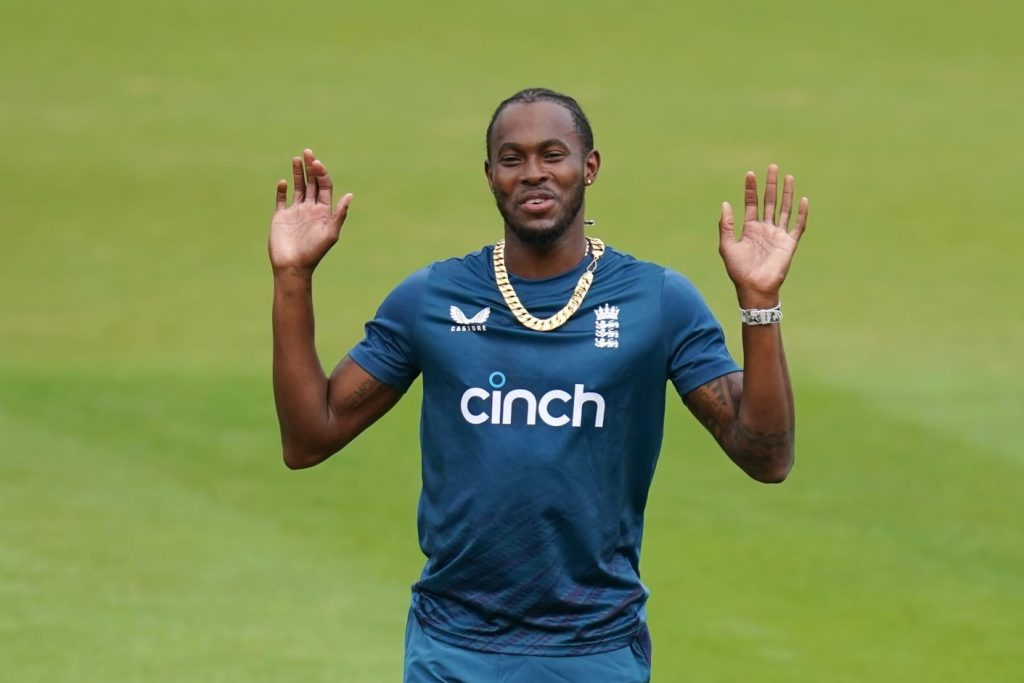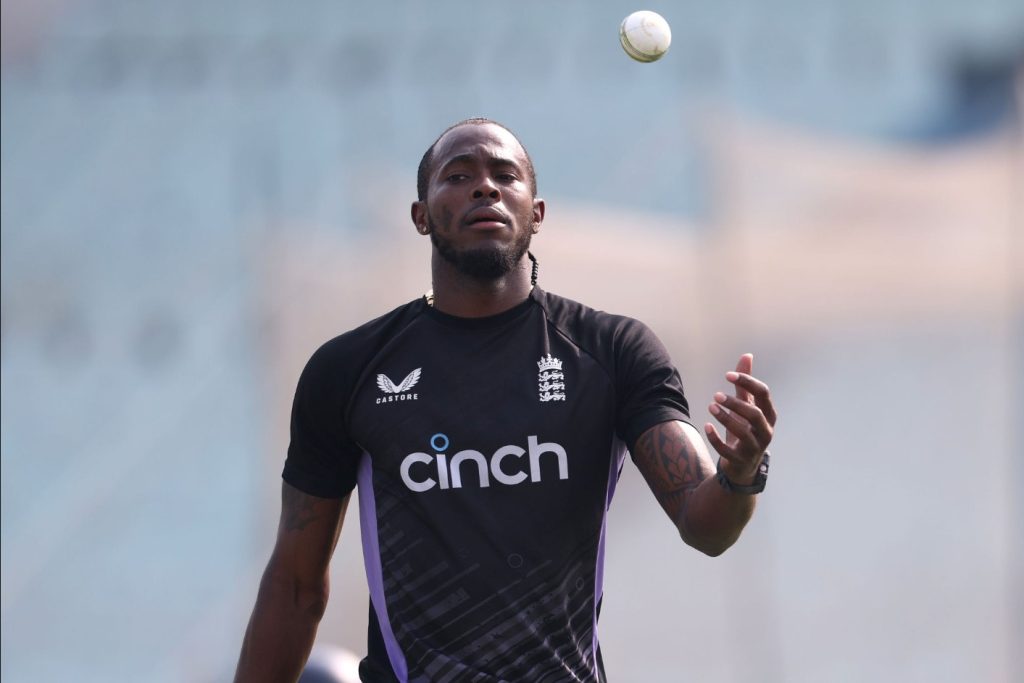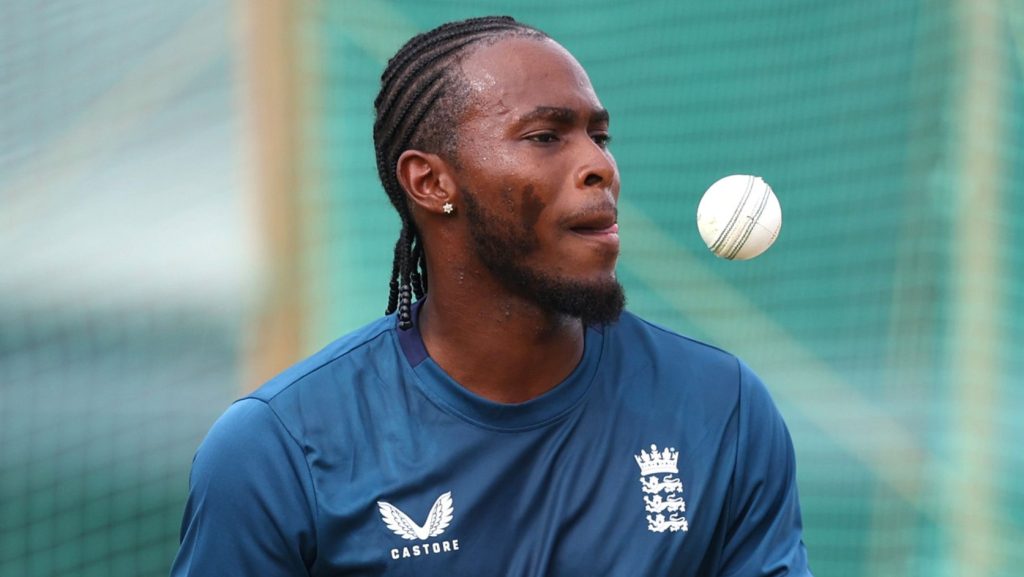Costly Overs: The Most Expensive Bowler in Test Cricket History
Expensive Bowler: Test cricket, often regarded as the purest form of the game, has seen numerous bowlers carve out legendary careers, creating a lasting impact on the sport. Whether it’s the precision of fast bowlers or the artistry of spinners, the role of a bowler in Test matches is paramount. Over the years, some bowlers have delivered exceptional performances that have left an indelible mark in cricketing history. However, even in Test cricket, not all overs are created equal. Some bowlers have been unfortunate to bowl a series of overs that cost their teams dearly, resulting in some of the most expensive spells in Test cricket history.
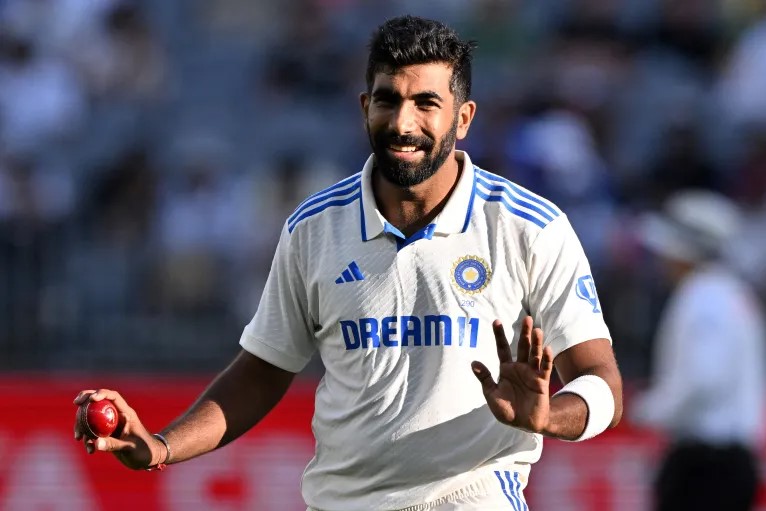
Expensive Bowler: In this article, we will explore the most expensive overs bowled in the history of Test cricket, examining the unfortunate records of bowlers who have been on the receiving end of such costly overs. We will also explore the factors that contribute to expensive bowling spells, and analyze how these records have shaped the careers of these bowlers.
Factors Contributing to Expensive Overs in Test Cricket
Expensive Bowler: Before delving into the specific instances of expensive overs, it is important to understand why some bowlers find themselves bowling expensive spells in Test matches. There are several factors that contribute to high economies in Test cricket, including:
- Flat Pitches: Flat pitches with little assistance for bowlers can lead to high-scoring matches. These pitches offer minimal bounce or turn, making it easier for batsmen to accumulate runs, which often results in high economy rates for bowlers.
- Aggressive Batsmen: Aggressive batsmen who go after the bowling attack, especially in the middle and later stages of the innings, can cause bowlers to concede runs quickly. Batsmen like David Warner, Virender Sehwag, or Adam Gilchrist have the potential to punish even the best bowlers with their aggressive play.
- Bowler Fatigue: Test cricket is a long and grueling format, and bowlers often bowl long spells. This fatigue can sometimes lead to lapses in concentration and control, resulting in expensive overs.
- Poor Planning or Execution: Bowlers who are unable to execute their plans or variations effectively may end up conceding runs in bunches. In Test cricket, bowlers typically work in pairs or use strategies to break partnerships, but sometimes these plans fail, resulting in high-cost spells.
- Weather Conditions: Overcast or humid conditions can assist fast bowlers, while bright and dry conditions can make it easier for batsmen to score freely, resulting in expensive overs.
With these factors in mind, let’s explore some of the most expensive overs bowled in Test cricket history.
The Most Expensive Overs in Test Cricket History
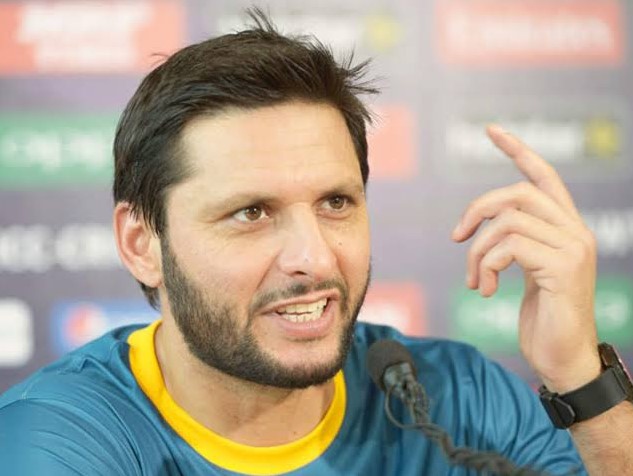
1. Shahid Afridi (Pakistan) – 0/114 vs. India (2005)
Expensive Bowler: Shahid Afridi, known for his explosive batting, also had a reputation as a bowler who could deliver some dangerous deliveries in the Test format. However, during a match against India in 2005, Afridi had the unfortunate distinction of conceding the most runs in a single Test innings. He bowled a marathon spell where he conceded 114 runs without picking up a single wicket.
Afridi, who was operating as a leg-spinner in this game, struggled to control the flow of runs as Indian batsmen like Rahul Dravid and VVS Laxman capitalized on his deliveries. His spell became one of the most expensive in Test cricket history, with Afridi being unable to break the partnership between the Indian batsmen.
Key Stats for Shahid Afridi (Test Match – 2005):
| Bowler | Runs Conceded | Overs Bowled | Wickets Taken | Economy Rate |
|---|---|---|---|---|
| Shahid Afridi | 114 | 20 | 0 | 5.70 |
Expensive Bowler: Afridi’s spell against India is a reminder that even the best players can have off days in Test cricket, where even a bowler known for his attacking nature can become expensive on a flat pitch.
2. John Dyson (Australia) – 0/103 vs. New Zealand (1986)
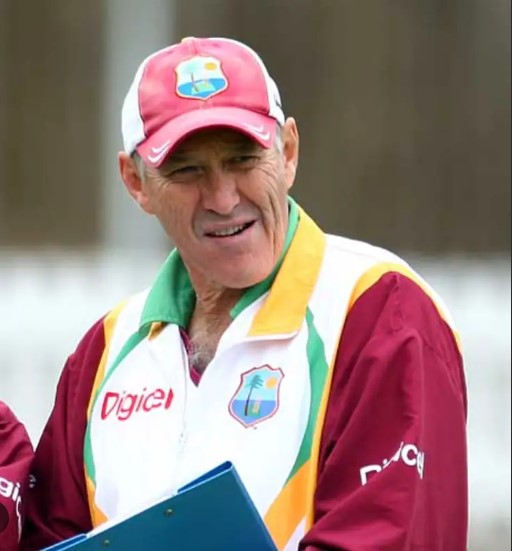
Expensive Bowler: John Dyson, an Australian fast bowler, faced a tough day in 1986 during a Test match against New Zealand. Dyson’s spell was notable for its lack of penetration, as he bowled 20 overs for 103 runs without claiming a wicket. His inability to stop the runs allowed New Zealand to take control of the match, with batsmen like Martin Crowe and Andrew Jones capitalizing on his lack of consistency.
Expensive Bowler: Dyson’s expensive spell is particularly memorable due to his inability to create pressure or break partnerships. Despite bowling a significant number of overs, Dyson’s contribution to the match was minimal, and his economy rate ended up being extremely high.
Key Stats for John Dyson (Test Match – 1986):
| Bowler | Runs Conceded | Overs Bowled | Wickets Taken | Economy Rate |
|---|---|---|---|---|
| John Dyson | 103 | 20 | 0 | 5.15 |
Expensive Bowler: This match serves as a testament to how even established fast bowlers can struggle to break partnerships in unfavorable conditions.
3. Ian Salisbury (England) – 0/138 vs. South Africa (2003)

Expensive Bowler: Ian Salisbury, an English leg-spinner, became part of the infamous record books for conceding 138 runs in a single Test innings against South Africa in 2003. Salisbury, known for his variations and spin, was unable to control the South African batsmen, who played aggressively and took advantage of the flat pitch.
Expensive Bowler: Batsmen like Jacques Kallis and Herschelle Gibbs took a toll on Salisbury’s bowling, and despite bowling long spells, he failed to pick up any wickets. His lack of control during the match and the relentless attacking approach from the South African batsmen made this one of the most expensive spells ever in Test cricket history.
Key Stats for Ian Salisbury (Test Match – 2003):
| Bowler | Runs Conceded | Overs Bowled | Wickets Taken | Economy Rate |
|---|---|---|---|---|
| Ian Salisbury | 138 | 31 | 0 | 4.45 |
Salisbury’s record is one of the most unfortunate for an English spinner, given that his ability to turn the ball on most surfaces was well-known, but here, he was unable to stop the free-flowing runs of the South African batsmen.
4. Merv Hughes (Australia) – 0/96 vs. New Zealand (1991)
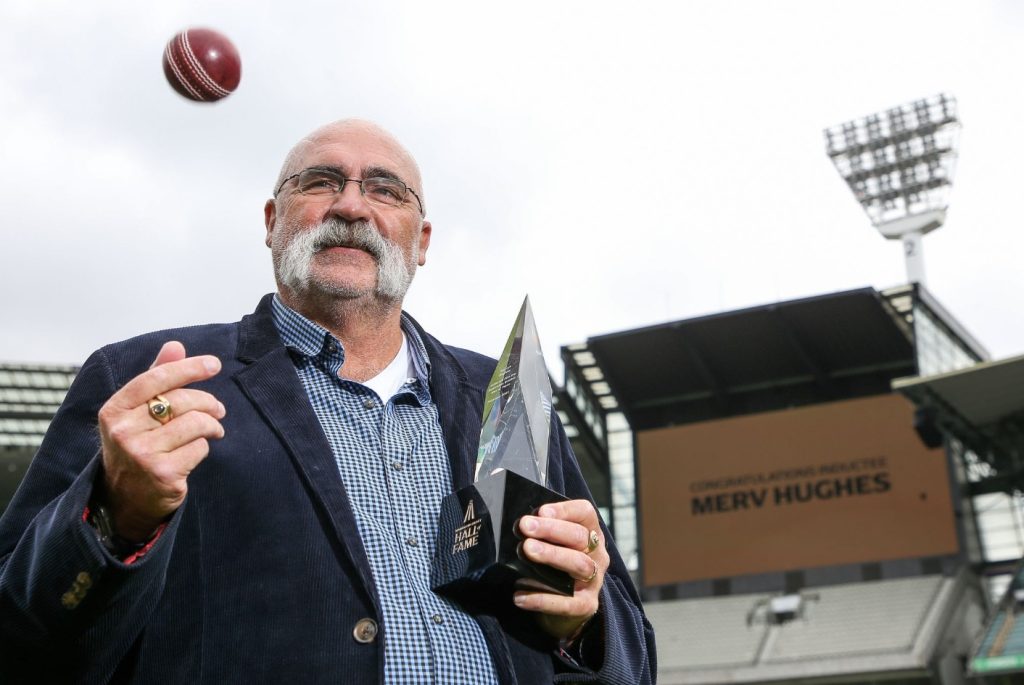
Merv Hughes, the iconic Australian fast bowler, was known for his fiery pace and aggressive attitude. However, during a Test match against New Zealand in 1991, Hughes bowled an expensive spell that saw him concede 96 runs without taking a wicket. Despite being an important part of the Australian attack, Hughes was unable to rein in the runs, with New Zealand batsmen like Martin Crowe and John Wright playing solidly.
Hughes’ spell is significant for how he was outclassed by the New Zealand batsmen, who capitalized on his aggression. Hughes’ economy rate was high, and his inability to claim wickets in a match where Australia was dominant led to a costly overs performance.
Key Stats for Merv Hughes (Test Match – 1991):
| Bowler | Runs Conceded | Overs Bowled | Wickets Taken | Economy Rate |
|---|---|---|---|---|
| Merv Hughes | 96 | 21 | 0 | 4.57 |
The Nature of Expensive Overs
Expensive overs in Test cricket can happen for a variety of reasons, including flat pitches, aggressive batting, or a lack of control from the bowler. For some bowlers, these overs represent a rare occurrence in an otherwise stellar career. For others, they highlight the challenges bowlers face in Test cricket, where conditions, fatigue, and batsmen’s form can change the complexion of a match in an instant.
The bowlers mentioned in this article, including Shahid Afridi, John Dyson, Ian Salisbury, and Merv Hughes, have all been part of these memorable instances. While these overs may be regarded as costly by their respective teams, they also serve as a reminder that Test cricket is an unpredictable game, where even the best can face tough challenges and find themselves on the wrong side of history.
In the end, the most expensive overs are part of the journey of a bowler, a testament to the resilience needed to continue in the game, learn from mistakes, and ultimately build a legendary career.
